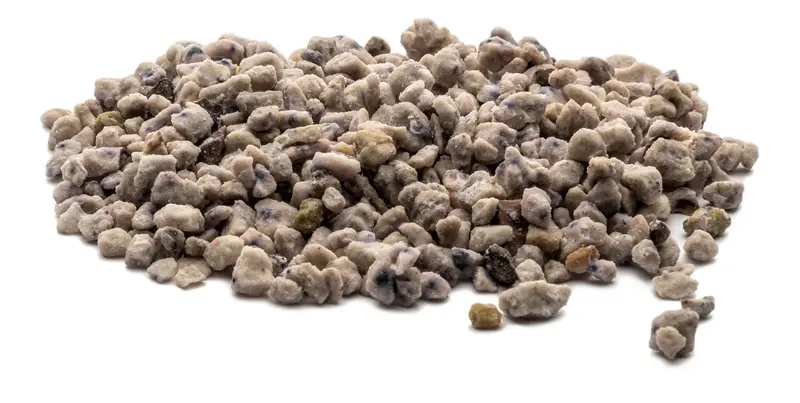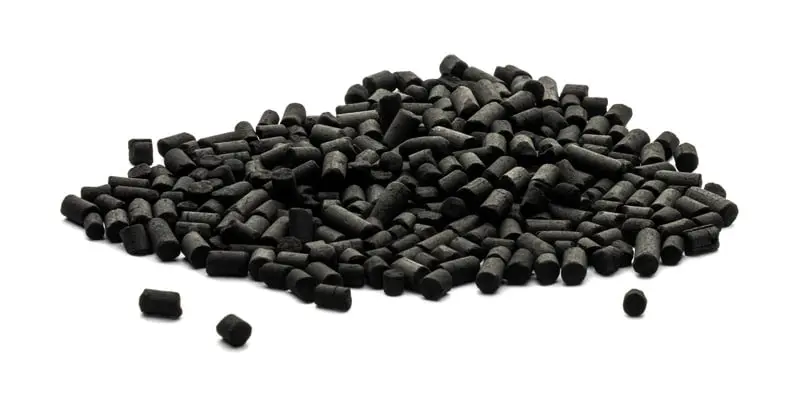Ammonia
Ammonia is a compound of nitrogen and hydrogen with the formula NH3. It is a colourless gas with a characteristic pungent odour. Ammonia contributes significantly to the nutritionalneeds of terrestrial organisms by serving as a precursor to food and fertilizers. Ammonia, either directly or indirectly, is also a building-block for the synthesis of many pharmaceuticals. Although in wide use, ammonia is both caustic and hazardous. In 2006, worldwide production was estimated at 146.5 million tonnes.[6] It is used in commercial cleaning products.
Ammonia, as used commercially, is often called anhydrous ammonia. This term emphasizes the absence of water in the material. Because NH3 boils at −33.34 °C (−28.012 °F) at a pressure of 1 atmosphere, the liquid must be stored under high pressure or at low temperature. “Household ammonia” or “ammonium hydroxide” is a solution of NH3 in water. The concentration of such solutions is measured in units of baume (density), with 26 degrees baume (about 30% w/w ammonia at 15.5 °C) being the typical high concentration commercial product.[7] Household ammonia ranges in concentration from 5 to 10 weight percent ammonia.
 HS-100-PO
HS-100-PO
 HS-AC-P-PO
HS-AC-P-PO